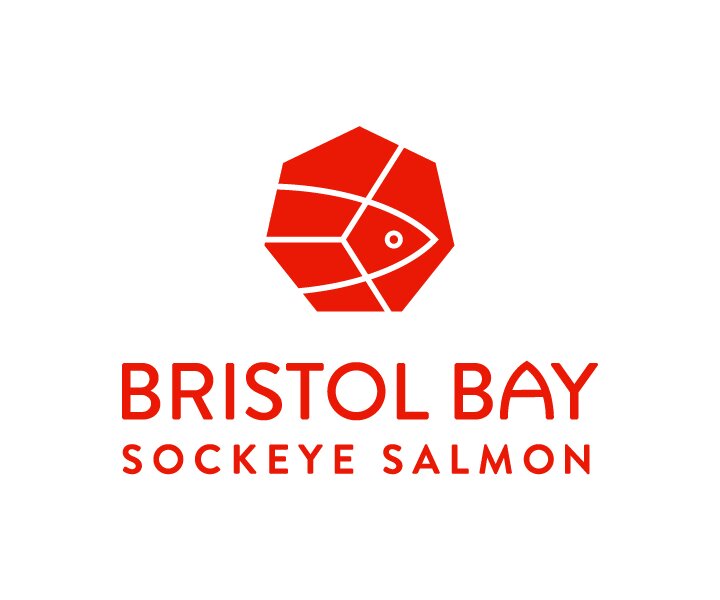2022 Processor Capacity Survey: More is Needed
/The Alaska Department of Fish & Game released a summary of its annual preseason processor capacity survey report for Bristol Bay. Processors intend to purchase up to 52 million salmon in 2022 and report a daily processing capacity of 3 million fish. The projected amount of Bristol Bay sockeye available for harvest in 2022 is 60 million fish, leaving a (projected) gap of 8 million fish (depending on how concentrated the run is… it could be even higher).
Ten companies intend to provide tenders in the Bristol Bay in 2022, with three reporting they intend to provide long-haul tenders with a combined daily capacity of 650,000 fish.
Bristol Bay has produced harvests of 40-43 million sockeye in recent years, which combined with the variable challenges of weather and run-timing appears close to the upper limit of current processing (and/or tendering) capacity. With the potential harvest of 60 million sockeye, it is clear that Bristol Bay could very likely use more processing capacity this season.
If Bristol Bay does not have adequate processing capacity in 2022, Bristol Bay fishermen could easily lose out on well over $100 million. Foregone harvest can happen for several reasons aside from processing capacity, but just for context, the value of the (theoretically available) 9.1 million sockeye that weren’t caught in Bristol Bay last year was approximately $75 million in ex-vessel terms - which would rank as the state's third-largest salmon fishery (behind Bristol Bay and Prince William seine). For processor’s part, this is also a golden opportunity. Demand for Bristol Bay sockeye appears to be near an all-time high, at least in the modern era that includes large-scale farmed salmon production. All things considered, the sockeye pricing outlook is strong whether the harvest is 40 million, 50 million, or 60 million fish.
Processors, fishermen, and fishery managers are gearing up to make the most of 2022, and those efforts are highly commendable but with such a large forecast it begs the question of what happens if processors and tenders cannot keep up. When full plants and tenders put fishermen 'on limits' the effect is particularly damaging for fishermen. That extra fish is essentially pure profit for skippers and crew, as well as lost tax revenue for local and state government.
Large sockeye runs far exceeding escapement goals can also inflict biological damage, which eventually results in smaller runs and even greater economic losses. Bristol Bay has flourished for decades with a relatively stable approach to fishery management/escapement. Even in a place as perfectly suited for sockeye as Bristol Bay, it is hard to predict what the future impact of massive overescapement could be on Alaska’s most valuable salmon resource. For added context, Bristol Bay has comprised roughly half of Alaska’s total commercial salmon value the past three years.
To processors’ credit, fishing limits have not been widespread in recent years – something fishermen have certainly voiced appreciation for. However, the potential harvest of 60 million valuable sockeye salmon is unlike anything the fishery has faced in its long history.
BBRSDA hopes the preseason processing capacity survey and information presented above will ring the alarm bell of how badly Bristol Bay needs to expand processing capacity in 2022. Alaska’s groundfish fisheries contain many vessels capable of processing and freezing salmon. With improvements to the Port Moller Test Fishery, we have a much better advanced warning system of when big surges of fish are incoming and where they are headed. We encourage all domestic processing companies, existing or otherwise, to strongly consider sending whatever floating processing capacity they might have to Bristol Bay this summer.




